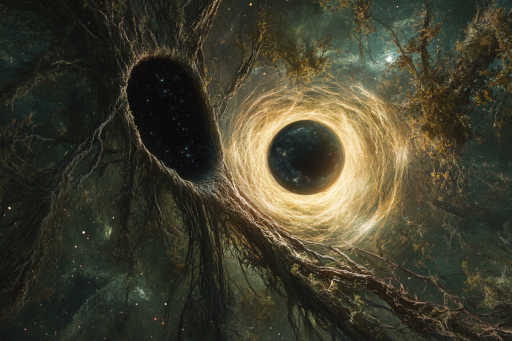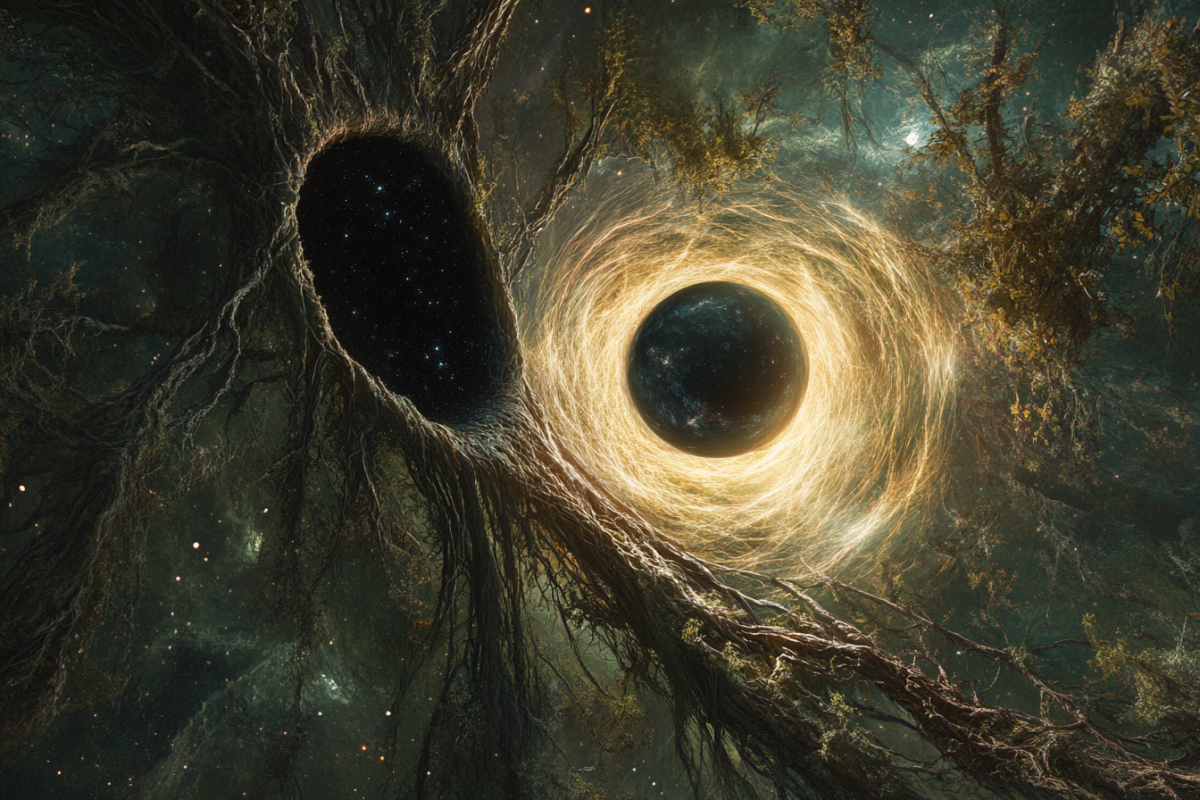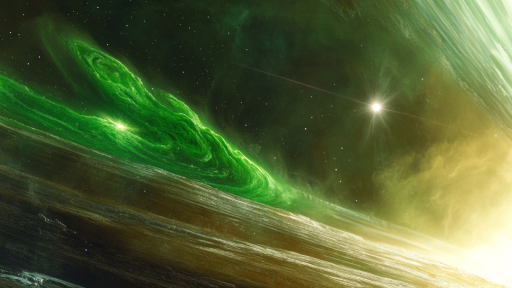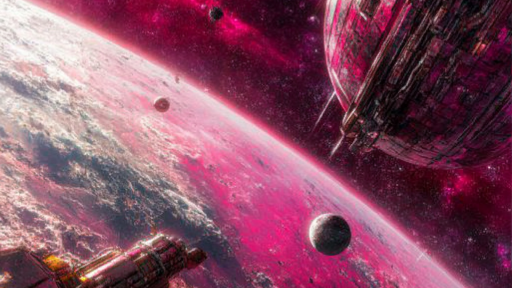
The universe is a place of unimaginable scale, beauty, and mystery, yet some of its strangest facts seem to defy logic itself. From particles that exist in two places at once to stars that behave in ways scientists can’t explain, cosmic discoveries often challenge what we think we know about reality. Some of these mind-bending facts have scientific explanations, while others remain frustratingly elusive. As we uncover more about the cosmos, we are reminded that the universe is not just vast—it is deeply, profoundly weird.
Black Holes Can “Spaghettify” Anything That Gets Too Close

If you fell into a black hole, you wouldn’t just get crushed—you’d be stretched into a long, thin strand like a piece of spaghetti. This process, called “spaghettification,” happens because gravity near a black hole is so strong that it pulls harder on your feet than your head. As you fall deeper, your body would be stretched thinner and thinner until you became an unrecognizable stream of atoms. It sounds like science fiction, but it’s a real consequence of extreme physics.
There’s a Huge Cold Spot in the Universe No One Can Explain

Deep in the cosmic microwave background—the leftover radiation from the Big Bang—scientists have found an enormous cold region that shouldn’t exist. Some theories suggest it’s just a random fluctuation, but others propose it could be evidence of another universe bumping into ours. This “Cold Spot” is so large and unusual that it challenges standard models of cosmology. If it’s not a coincidence, it could be the first proof that our universe isn’t alone.
There’s a Planet Where It Rains Molten Iron

On the distant exoplanet WASP-76b, temperatures reach over 4,300°F, causing iron to vaporize into the atmosphere. At night, cooler temperatures condense this iron into liquid, making it rain molten metal. Winds on the planet whip at extreme speeds, carrying this scorching rain across the planet’s surface. A storm on Earth may be scary, but imagine standing under a downpour of molten iron.
The Universe Might Be Invisible

Everything we can see—stars, galaxies, and planets—makes up only 5% of the universe. The rest is composed of dark matter and dark energy, mysterious forces we can’t see, touch, or directly detect. Scientists only know they exist because of their gravitational effects on galaxies. Essentially, the universe is mostly made of something we don’t understand.
Some Stars Move Faster Than the Speed of Sound

Hypervelocity stars are moving so fast that they could escape the Milky Way entirely. Some are flung out by interactions with black holes, while others are ejected when their binary companion explodes in a supernova. These stars can reach speeds of millions of miles per hour, moving faster than the speed of sound in space. If Earth had been born near one, our night sky would look very different.
You Are Made of Stardust

Every atom in your body was once part of a star that exploded billions of years ago. The iron in your blood, the calcium in your bones, and the oxygen you breathe all originated in dying stars. Without these ancient stellar deaths, life as we know it wouldn’t exist. In a very real sense, we are all made from the remnants of the cosmos.
There’s a Star That Pulsates to the Beat of Music

Astronomers have discovered a star that appears to pulsate in a rhythm similar to a heartbeat. This star, called V838 Monocerotis, expands and contracts in a way that resembles sound waves moving through it. Some theorists believe that if we could convert these pulsations into sound, it might resemble a cosmic melody. The idea that a star could have its own rhythm makes the universe feel even more alive.
Galaxies Can Collide—But Their Stars Don’t Hit Each Other

When two galaxies collide, you might expect an apocalyptic explosion of crashing stars. However, because stars are separated by such enormous distances, they mostly pass through each other without colliding. Instead, the gravitational forces between galaxies reshape their structures, creating dazzling streams of stars and gas. Our own Milky Way is on a collision course with the Andromeda galaxy, but when it happens, Earth is unlikely to be affected.
The Universe Might Have a Limit—But We’ll Never See It

The observable universe extends about 93 billion light-years, but that doesn’t mean it’s the full extent of existence. Because light takes time to travel, we can only see as far as the oldest light that has reached us. Beyond that, the universe may continue infinitely, but we will never be able to see or measure it. In other words, no matter how advanced we become, some parts of the universe will always remain a mystery.
Time Runs Differently in Strong Gravity

Einstein’s theory of relativity predicts that time slows down near massive objects. If you were near a black hole or a neutron star, time would pass more slowly for you than for someone on Earth. In extreme cases, you could spend minutes near a black hole while years pass elsewhere in the universe. This effect, called gravitational time dilation, means that the universe is full of places where time itself flows differently.
How Much Do We Really Know?

Every time we think we’ve uncovered the universe’s biggest secrets, new discoveries challenge what we believe. Some facts are mind-bending but scientifically proven, while others remain open questions that defy explanation. Could we be missing fundamental pieces of the puzzle, or is the universe designed to always be just beyond our understanding? As we push the boundaries of exploration, one thing is certain—the deeper we look, the stranger it gets.





